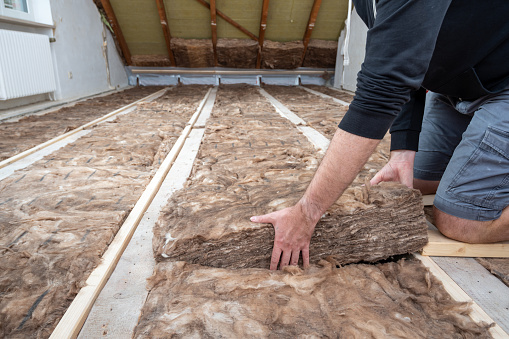This is a tough question. On one hand, you may be spending more money on insulation than ever before to keep your home warm this winter. But on the other hand, many people are finding that they can’t keep their homes warm in the wintertime. If you’re looking for tips and tricks to help keep your home warm this winter, we have just what you need. From learning about the different types of insulation available to getting started with setting up a heater, our expert guides will give you everything you need to make sure your home is comfortable and safe this winter with blown in insulation.
How to Shop for Winter insulation?
Insulation is a type of property that helps protect your home against the cold weather. It can be found in both physical and electronic insulation. Physical insulation includes walls, roofs, flooring, and window frames. Electronic insulation includes computer systems, power lines, water pipes, and other communication infrastructure.
The benefits of insulation include reducing the cost of heating and cooling your home by up to 50%, Protecting your home from fire damage by stopping heat loss from the building, and reducing noise levels inside yourhome by up to 50%. Additionally, insulated homes are typically less expensive to maintain than uninsulated homes.
Shop for winter insulation according to your needs and budget. Here are some tips to help you get started:
-Check out products available online or in stores
-Consider usinguple layers of insulation such as self-adhesive or foam insulation
-Choose a style of insulation that will fit the specific needs of your home
-Be sure to read product packaging before purchasing to learn about the specific benefits of each type of insulation
How to Insulate Your Home.
There are a few things you need to do in order to ensure your home is insulated for winter. First, choose the right insulation type based on your needs. Next, research the different types of insulation and find a supplier that offers it in an affordable manner. Finally, be sure to apply the insulation according to your chosen method and schedule.
Do Your Homework.
Before beginning the insulation process, it’s important to do some homework. This includes figuring out what type of insulation you need and how much it will cost, as well as finding out what kind of climate your home will be used in (for example, cold or warm). Doing this ahead of time can save you a lot of time and money in the long run.
Get Some Help from a Home Insulation Specialist.
If you don’t have any experience insulating your home, it’s best to seek out help from an experienced professional. A home insulation specialist can help you determine which type of insulation is best for your home, provide tips on how to apply it effectively, and provide advice on other winter-related issues.
How to Insulate Your Home for Winter?
The first step in insulating your home for winter is to install the insulation. In order to create a homogeneous climate within your home, all of the walls, ceilings, and flooring must be insulated. The best way to do this is to purchase an insulation kit from a hardware store or Home Depot. Once you have the kit installed, measure and cut the necessary pieces of insulation according to your specific needs.
Check the Insulation.
Whenever you inspect your insulation, be sure to check for any signs of moisture infiltration. If there are any areas that seem particularly moist, replace or repair the insulation as needed. Moisture can enter through small gaps in the insulation, leading to increased moisture levels and condensation on surfaces inside your home.
Keep the Home Heating and cooling during winter.
In order keep your home heating and cooling on during winter, it’s important to keep track of how often each room is being heated and cooled. For each room in your house, record when it was last heated/ cooled by either using a space heater like an air-purifier or a central heating system (like an HVAC system), or by checking a heat Chronometer . This will help you determine when it is safe for you to open windows or turn up the heaters in order to maintain comfortable temperatures inside your home during wintertime!
Add insulation to the attic.
If you don’t have enough space in your attic for all of the insulation needed, add some extra padding (or foam) at least 10 feet up into the attic before starting insulating materials! This will help provide extra warmth and sound proofing while keeping noise levels low during winter months.
Conclusion
If you’re looking to insulation your home for winter, it’s important to do your homework and get some help from a home insulation specialist. By installing the insulation, checking it regularly, and keeping the heating and cooling turned on during winter, you’ll be able to keep your home heated and cool throughout the winter.
